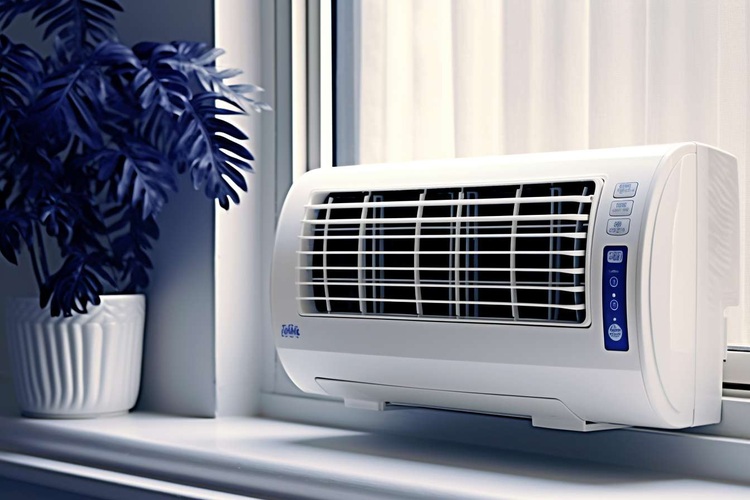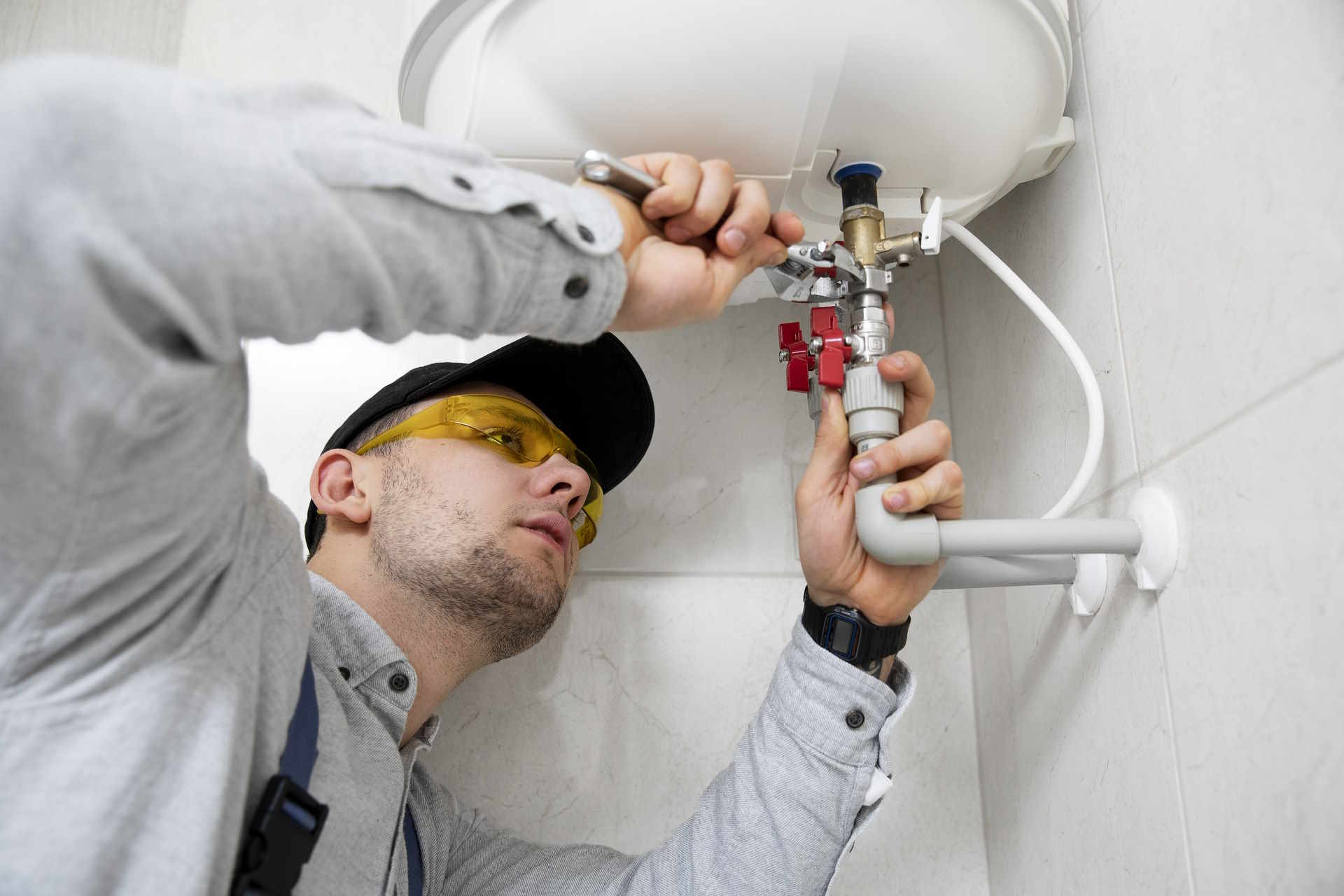Air Conditioners Without Outdoor Units: Compact Cooling Solutions for Modern Spaces
Air conditioners without an outdoor unit, often called monoblock or ventless ACs, are compact cooling systems that house all components within a single indoor unit. Unlike traditional split systems, they don’t require an external condenser, making them ideal for spaces where installing outdoor equipment is impractical or restricted. These units typically vent hot air through a window, wall opening, or use advanced evaporative cooling technology. While they’re easier to install and maintain, their cooling capacity is usually better suited for smaller rooms rather than large open areas.

For many people in Australian cities, traditional split-system air conditioners with large outdoor boxes are not always practical. Strata rules, heritage façades, or a lack of balcony space can make installation complicated or impossible. This is where air conditioners without outdoor units, often called monoblock or portable systems, can provide a compact and flexible cooling option for modern homes and offices.
Key advantages of going outdoor‑unit‑free
Outdoor‑unit‑free air conditioners place the compressor and other key components inside a single indoor unit. Warm air is vented outside via a window kit, wall grille, or discrete duct, reducing the need for bulky hardware mounted on external walls. This is particularly useful in medium‑ and high‑density housing, where external space is limited or heavily regulated by building management.
One of the main advantages is installation flexibility. Portable models usually only require a standard power outlet and a window or door opening for the exhaust hose, making them attractive for renters who cannot modify the building fabric. Wall‑mounted monoblock systems may need a licensed installer to core small holes for vents, but they still avoid large outdoor units and can be easier to approve with a body corporate than a traditional split system.
Maintenance tips for long‑lasting cooling
To keep an outdoor‑unit‑free system running efficiently in Australian conditions, basic maintenance is essential. Air filters should be checked every few weeks during heavy summer use and either cleaned or replaced as recommended by the manufacturer. Clogged filters reduce airflow, increase energy consumption, and can make the unit noisier than usual.
Many portable and monoblock units manage condensation automatically, but some still have internal tanks or drain hoses that need attention. Emptying water tanks, ensuring drain lines are not kinked, and wiping dust from air inlets help the system maintain its rated capacity. It is also worth vacuuming around vents to prevent lint and pet hair build‑up. For fixed monoblock units, periodic checks by a licensed air‑conditioning technician can identify refrigerant or electrical issues before they become serious faults.
Price range and cost comparison with traditional ACs
When comparing costs, it helps to separate up‑front purchase price from ongoing running costs. In Australia, many portable air conditioners without outdoor units can be found from around AUD $400 to $900 for common 2.5–3.5 kW cooling capacities. Wall‑mounted monoblock systems that require professional installation tend to sit higher, often between about AUD $1,800 and $3,000 depending on brand, capacity, and installation complexity.
By contrast, a comparable traditional split‑system unit may cost roughly AUD $900 to $2,000 for the hardware alone, with installation adding another AUD $600 to $1,500 depending on pipe runs, switchboard requirements, and regional labour rates. Because splits usually have higher efficiency ratings, they may be cheaper to run over long, hot summers, but they also demand more space and structural access for the outdoor unit.
To give a clearer idea of relative pricing in the Australian market, the following table compares typical costs for a selection of compact and traditional systems commonly available through local retailers and installers.
| Product/Service | Provider | Cost Estimation (AUD) |
|---|---|---|
| 3.5 kW portable monoblock air conditioner | DeLonghi (Pinguino) | ~$600–$900, unit only |
| 2.6 kW wall‑mounted monoblock air conditioner | Olimpia Splendid | ~$1,800–$3,000, supplied and installed |
| 2.5 kW split‑system air conditioner | Mitsubishi Electric | ~$1,600–$3,000, supplied and installed |
| 3.5 kW split‑system air conditioner | Daikin | ~$2,000–$3,500, supplied and installed |
Prices, rates, or cost estimates mentioned in this article are based on the latest available information but may change over time. Independent research is advised before making financial decisions.
Choosing the right model for your space
Selecting an outdoor‑unit‑free system begins with room size and local climate. As a rough guide, a small bedroom in a temperate part of Australia might be adequately served by a 2–2.5 kW portable unit, while a larger open‑plan living area in a hot region may require 3.5 kW or more. High ceilings, poor insulation, large west‑facing windows, and frequent direct sun all increase the cooling capacity you are likely to need.
Noise and placement also matter. Portable models with flexible exhaust hoses work best when positioned close to a window or sliding door so the hose is as short and straight as possible. Wall‑mounted monoblock units should be located where grilles can vent directly outside without disturbing neighbours. Checking the decibel rating on the Australian energy label and comparing it to typical library or conversation noise levels can help you choose a model that suits bedrooms or home offices.
Energy efficiency is another key consideration. While some outdoor‑unit‑free systems are less efficient than premium split systems, higher‑efficiency monoblock and portable models are available. Looking at the Zoned Energy Rating Label, where provided, can give insight into performance in your climate zone. Over time, spending a little more on an efficient model can offset part of the initial purchase price through lower electricity use, while still offering the practical advantages of a compact, outdoor‑unit‑free design.
In modern Australian homes where space, building regulations, or aesthetic preferences make traditional outdoor units difficult, monoblock and portable air conditioners can offer a useful compromise. They will not suit every situation, especially very large areas or extremely hot climates, but when carefully selected, installed, and maintained, they can provide reliable cooling comfort in compact and architecturally constrained spaces.




